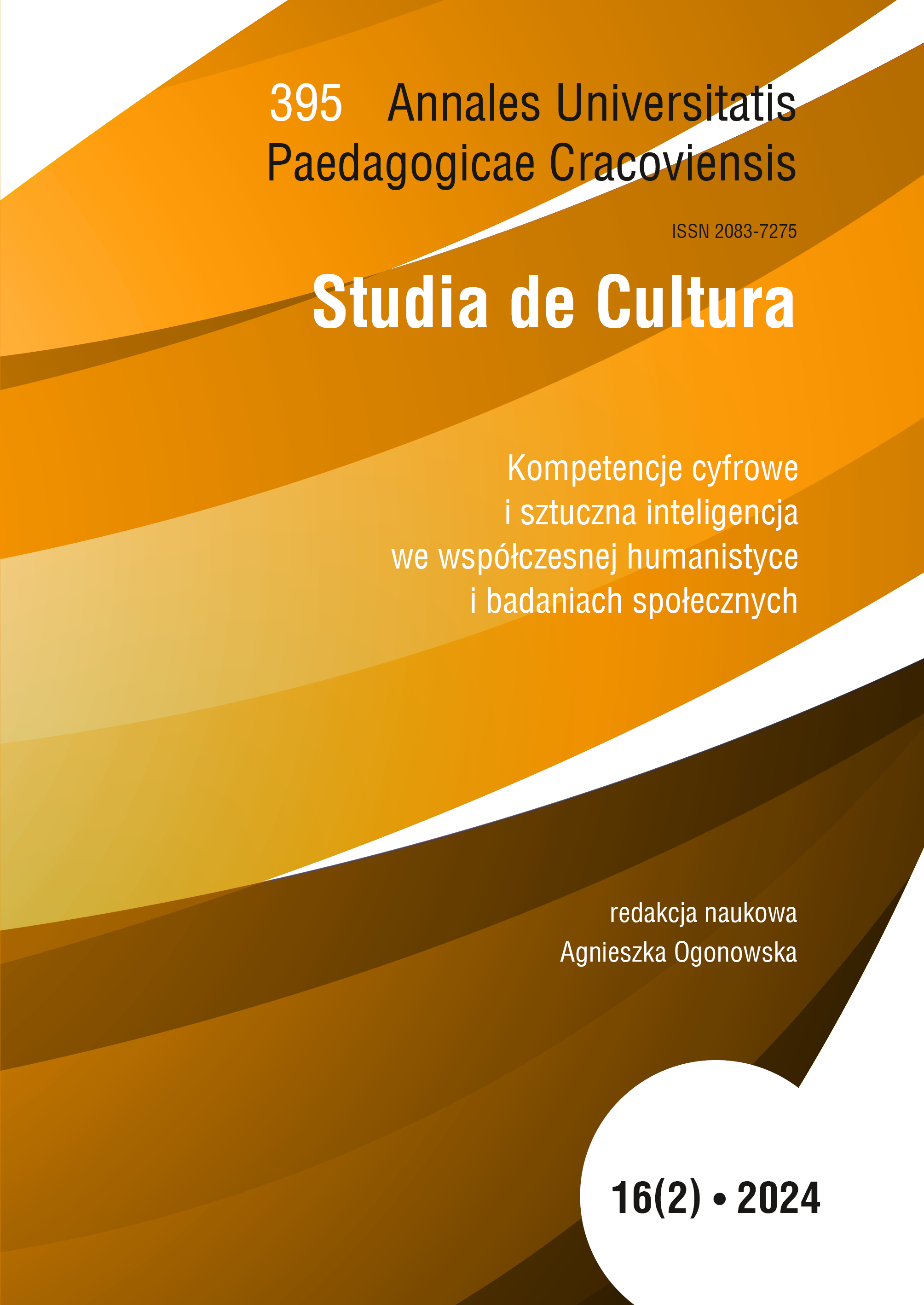Abstract
This paper will examine the impact of neuromarketing on the analysis of consumer behavior and advertising. With the integration of neuroscience with consumer research, new avenues open up for exploring the internal mental processes that influence consumer decisions. Neuromarketing is a field of commercial marketing communication that applies neuropsychology to market research, studying consumers’ sensorimotor, cognitive, and affective responses to marketing stimuli. This article focuses on important aspects of neuromarketing, including its potential benefits for marketers and the tools of consumer neuroscience. It further discusses the importance of advertising and consumers’ emotional reactions towards it. Studies show that ads evoking positive emotions have a greater effect on recall and positive brand perception. Other research focuses on the relationship between brand loyalty and brain activity, where it has been shown that loyal customers show more activity in brain areas related to emotion and memory. The paper concludes by discussing specific applications of neuromarketing at the Faculty of Mass Media Communication at the University of St. Cyril and Methodius in Trnava. The Neurolab at this faculty allows to measure reactions to different types of content and to identify effective and ineffective elements in advertisements. The article also provides examples of research on applications of neuromarketing, including an analysis of Facebook posts by the Police of the Slovak Republic and the perception of TV advertising by the COOP Jednota Slovakia brand.
References
Agarwal Sharad. 2014. „Neuromarketing For Dummies”. Journal of Consumer Marketing 31(4), 330–331.
View in Google Scholar
Ambler Tim, Burne Thomas. 1999. „The impact of affect on the memory of advertising”. Journal of Advertising Research 39(2). 25–34.
View in Google Scholar
Ambler Tim, Ioannides Andreas, Rose Steven. 2000. „Brands on the brain: Neuroimages of advertising”. Business Strategy Review 11(3). 17–30.
View in Google Scholar
Biemer Paul, Groves Robert M., Lyberg Lars E., Mathiowetz Nancy A., Sudman Seymour. 2011. Measurement Errors in Surveys. New York.
View in Google Scholar
Center for Neuroeconomics Study at Duke University. http://dibs.duke.edu/research/d-cides/research/neuroeconomics [dostęp: 2.01.2024].
View in Google Scholar
Darázs Tamás, Šalgovičová Jarmila. 2019. „Research of sensory perception of the product on the market by means of neuromarketing”. Is the New Online 757.
View in Google Scholar
Georges Patrick M. 2014. Neuromarketing in Action: How to Talk and Sell to the Brain. London.
View in Google Scholar
Gottfried Jay A., O’Doherty John, Dolan Raymond J. 2003. „Encoding predictive reward value in human amygdala and orbitofrontal cortex”. Science 301(5636). 1104–1107.
View in Google Scholar
Greene Joshua D., Sommerville Brian, Nystrom Leigh E., Darley John M., Cohen Jonathan D. 2001. „An fMRI investigation of emotional engagement in moral judgment”. Science 293(5537). 2105–2108.
View in Google Scholar
Ioannides Andreas A., Liu Lichan, Theofilou Dionyssios, Dammers Jürgen, Burne Tom, Ambler Tim, Rose Steven. 2000. „Real time processing of affective and cognitive stimuli in the human brain extracted from MEG signals”. Brain Topography 13(1). 11–19.
View in Google Scholar
Kenning Peter, Plassmann Hilke, Kugel Harald, Schwindt Wolfram, Deppe Michael. 2007. „Neural correlates of attractive ads”. FOCUS Magazin. 287–298.
View in Google Scholar
Kenning Peter, Plassmann Hilke. 2008. „How Neuroscience Can Inform Consumer Research”. IEEE Transactions on Neural Systems and Rehabilitation Engineering 16(6). 532–538.
View in Google Scholar
Klucharev Vasily, Smidts Ale, Fernandez Guillén. 2008. „Brain mechanisms of persuasion: how expert power modulates memory and attitudes”. Social Cognitive and Affective Neuroscience 3(4). 353–366.
View in Google Scholar
Knutson Brian, Fong Grace W., Adams Charles M., Varner Jerald L., Hommer Daniel. 2001. „Dissociation of reward anticipation and outcome with event‑related fMRI”. NeuroReport 12(17). 3683–3687.
View in Google Scholar
Lee Nick, Broderick Amanda J., Chamberlain Laura. 2007. „What is «neuromarketing»? A discussion and agenda for future research”. International Journal of Psychophysiology 63(2). 199–204.
View in Google Scholar
Morwitz Vicky, Fitzsimons Gavan. 2004. „The Mere‑Measurement Effect: Why Does Measuring Intentions Change Actual Behavior?”. Journal of Consumer Psychology 14(1–2). 64–74.
View in Google Scholar
Plassmann Hilke, Ambler Tim, Braeutigam Sven, Kenning Peter. 2007. „What can advertisers learn from neuroscience?”. International Journal of Advertising 26(2). 151–175.
View in Google Scholar
Reimann Martin, Castaño Raquel, Zaichkowsky Judith, Bechara Antoine. 2012. „How We Relate to Brands: Psychological and Neurophysiological Insights into Consumer‑Brand Relationships”. Journal of Consumer Psychology 22. 128–142.
View in Google Scholar
Reimann Martin, MacInnis Deborah, Folkes Valerie, Uhalde Adrianna. 2018. „Insights into the Experience of Brand Betrayal: From What People Say and What the Brain Reveals”. Journal of the Association for Consumer Research 3(2), 240–254.
View in Google Scholar
Rossiter John, Silberstein Richard. 2001. „Brain‑imaging detection of visual scene encoding in long‑term memory for TV‑commercials”. Journal of Advertising Research 41. 13–22.
View in Google Scholar
Shapiro David. 1997. „Descartes’ error: Emotion, reason, and the human brain – Damasio, A.T.”. Theory & Psychology 7(6). 837–856.
View in Google Scholar
Spinella Marcello, Yang Bijou, Lester David. 2008. „Prefrontal cortex dysfunction and attitudes toward money: A study in neuroeconomics”. Journal of Socio‑Economics 37(5). 1785–1788.
View in Google Scholar
Vlăsceanu Sebastian. 2004. „New directions in understanding the decision‑making process: neuroeconomics and neuromarketing”. Elsevier 17. 758–762.
View in Google Scholar
Wiggin Kyra, Reimann Martin, Shailendra Jain. 2019. „Curiosity Tempts Indulgence”. Journal of Consumer Research 45. 1194–1212.
View in Google Scholar
Young Charles. 2002. „Brain waves, picture sorts, and branding moments”. Journal of Advertising Research 42(4). 42–53.
View in Google Scholar

This work is licensed under a Creative Commons Attribution-NonCommercial 4.0 International License.
Copyright (c) 2024 Annales Universitatis Paedagogicae Cracoviensis. Studia de Cultura

